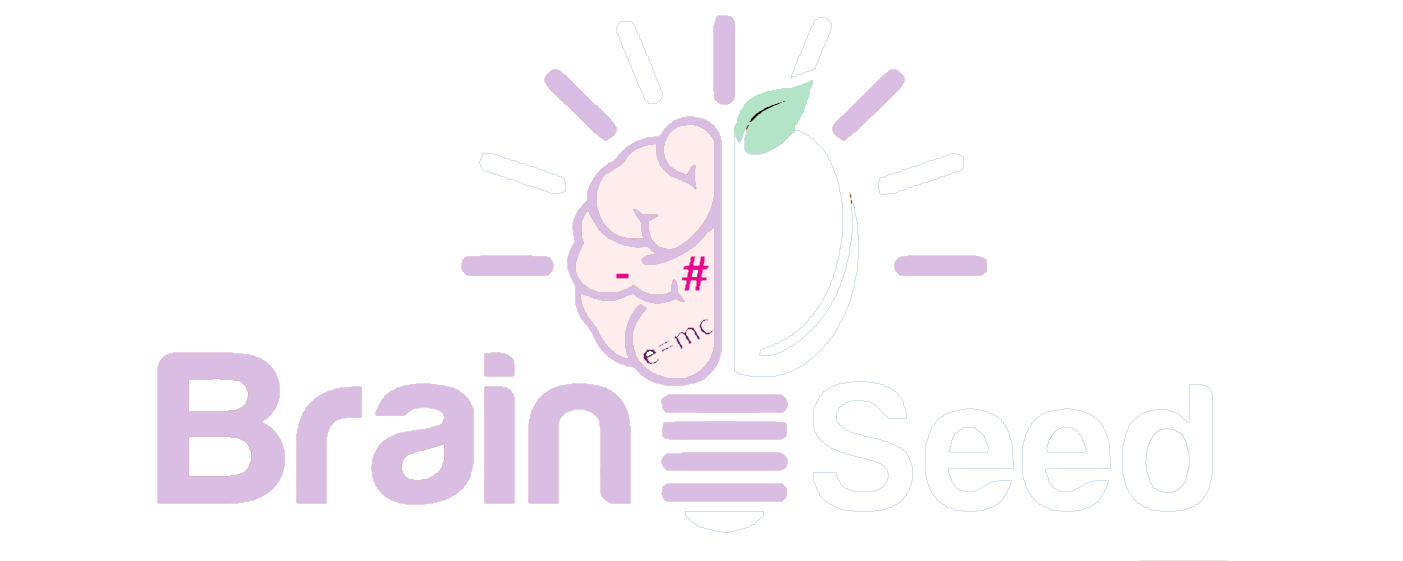How can drama be used to promote diversity and inclusion in the classroom?
Drama is a powerful tool for promoting diversity and inclusion in the classroom. It allows students to explore different perspectives and experiences, and to develop empathy and understanding for those who may be different from themselves. In this article, we will explore some of the ways in which drama can be used to promote diversity and inclusion in the classroom.
Establishing a Safe and Inclusive Environment
The first and most important step in using drama to promote diversity and inclusion in the classroom is to establish a safe and inclusive environment. This means setting clear guidelines for respectful behavior and communication, and fostering a sense of community among students. When students feel safe and supported, they are more likely to feel comfortable exploring different perspectives and engaging with challenging topics.
Choosing Diverse Material
One of the most important ways in which drama can promote diversity and inclusion is through the material that is chosen. It is important to select plays and scripts that reflect a range of experiences and perspectives, and that are inclusive of different races, genders, sexual orientations, and abilities. This allows students to see themselves and their peers represented on stage, and to gain a deeper understanding of different experiences and perspectives.
Encouraging Student Collaboration
Another effective strategy for using drama to promote diversity and inclusion is to encourage student collaboration. By working together on a project or performance, students are forced to confront their own biases and assumptions, and to develop empathy and understanding for others. Collaboration also allows students to learn from each other’s experiences and perspectives, and to develop a sense of collective responsibility for creating an inclusive classroom environment.
Using Role-Playing and Improvisation
Role-playing and improvisation are valuable tools for promoting diversity and inclusion in the classroom. By taking on different roles and perspectives, students can explore different experiences and viewpoints, and develop empathy and understanding for those who may be different from themselves. Improvisation also allows students to think and respond quickly and handle unexpected situations, which can help build resilience and adaptability.
Engaging in Meaningful Conversations
Finally, it is important to engage in meaningful conversations throughout the drama process. These conversations allow students to reflect on their own experiences and perspectives, and to consider different viewpoints and perspectives. By encouraging students to share their thoughts and feelings openly and honestly, teachers can foster a sense of trust and respect in the classroom, and create a space for meaningful dialogue about diversity and inclusion.
In conclusion, drama is a powerful tool for promoting diversity and inclusion in the classroom. By establishing a safe and inclusive environment, choosing diverse material, encouraging student collaboration, using role-playing and improvisation, and engaging in meaningful conversations, teachers can help students develop empathy, understanding, and respect for others. By using drama to explore different experiences and perspectives, students can develop the skills and attitudes needed to create a more inclusive and compassionate society.
Are you looking for a fresh and exciting way to engage your school’s drama program or your child’s creativity? Try YouTube drama! It’s a fun and modern way for students to create and perform in their own videos. YouTube drama is flexible, convenient, and can even reach a wider audience. Plus, it teaches valuable skills like video production, editing, and storytelling. Click here to learn more about how YouTube drama can benefit your school’s drama program.







